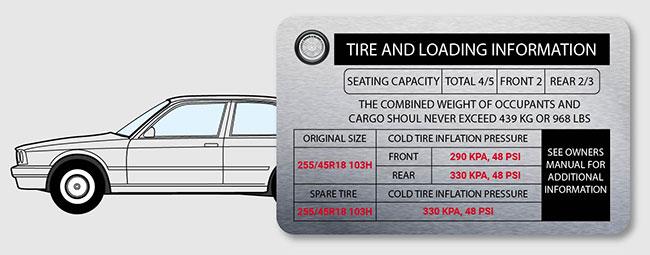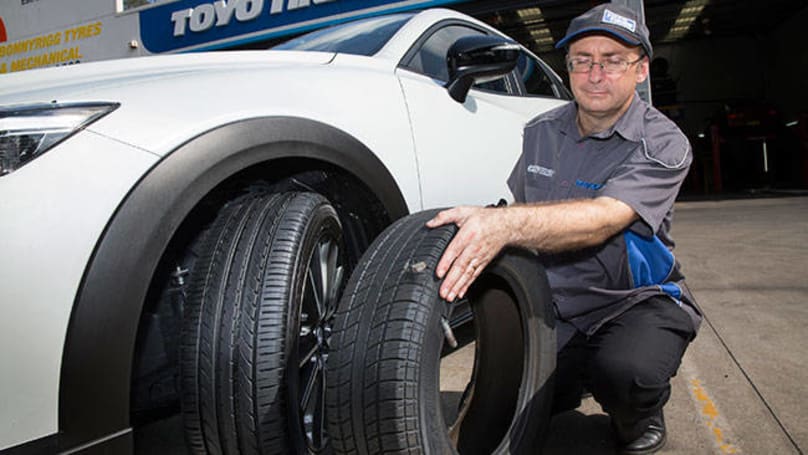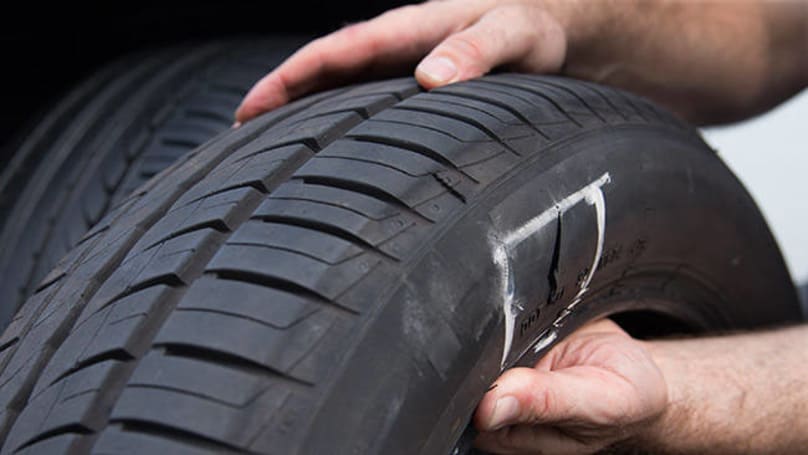
How to make sure your car's tires are safe in three easy steps

By following these three simple steps, you can ensure that your tires always perform at their best and keep you safe.
Get score before your next vehicle check, save money and protect loved ones with this quick XNUMX-point tire safety check.
A five-minute tire check can reduce wear, save fuel, and even lives. An expert from Toyo Tires has been at the forefront of the tire industry for over 20 years and developed the three-point tire test.
1. Export inspection
Many motorists are unaware that all tires are equipped with a wear indicator. Checking this indicator does not require special training and is the most effective way to independently determine what condition the protector is in.
“In the main grooves of each tire, there is a small bar that runs across the tread. This is a tread wear indicator. Sometimes it’s hard to notice, usually an arrow or other badge is molded on the side of the tire that indicates the way, ”says our expert.
“The top of the rubber strip indicates the minimum permitted tread depth for that tire. The closer the tread is to the top of the bar, the more the tires wear.”

There is no tread wear indicator on the shoulder of the tire, but a visual inspection will show the condition of the tread.
Checking is as easy as looking at all four tires.
"First things first, turn the steering wheel all the way to check the front ends."
However, you may have to crouch down to check the rear end.
“Make sure you check every tire. Depending on the type of vehicle and its purpose, each tire may wear differently. Uneven wear often means a wheel alignment issue that you should check with your tire dealer.”
So, what to do if your tires or tire are wearing out or are near the wear indicator?
"Replace them."
“If the shoulder sections of the tread are even, the tire should also be replaced.”
2. Damage inspection
Roads attract garbage. Screws, metal shards, glass shards and sharp rocks lie in wait all over Australia, often getting into a tire without the driver noticing.
Steve recommends checking tire sidewalls and treads carefully. Look out for cuts, gouges, bumps, and anything that shouldn't be there.

“Air loss and flat tires are situations that everyone wants to avoid, but this is not the worst outcome. More worrying are drivers entering a busy highway with a tire about to fail. High speed, tight quarters and a punctured tire - it's easy to avoid disaster."
If you notice a puncture or unusual bulge, contact your nearest tire dealer first.
3. Manage pressure
The last step on our experts checklist - checking tire pressure - is the oldest tire tip in the book, and for good reason. Tire pressure naturally decreases as air slowly escapes from the tire's inner layer, which means regular checks are necessary.
“You can't rely on how a tire looks to judge its inflation pressure. This is something to check."
Luckily, car manufacturers put a sticker on the door frame with recommended tire pressures.
“Correct tire pressure saves fuel, improves traction and extends tire life. If the pressure is too low, friction increases, resulting in uneven tire shoulder wear and increased fuel consumption. Too much pressure causes the tire to lose traction and reduce rider control, resulting in severe midsection wear.”
Our expert recommends that drivers check their tire pressure every two weeks, but at least monthly. Tires should be cold, so try to check tire pressure before driving.